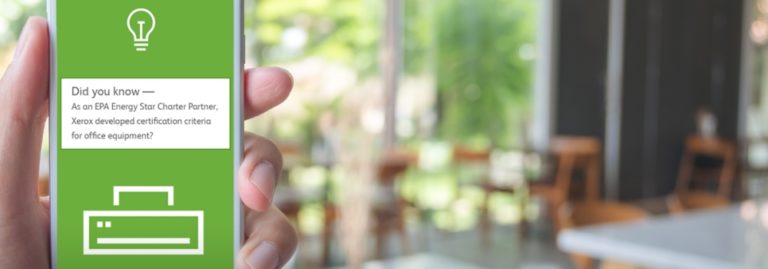By Kerry Doyle
Increasingly, field technicians at utility companies are using a range of logistical and emergency apps on their mobile devices to perform damage assessment, access online training and respond to customer needs after a storm occurs.
“Field workers can get immediate notifications as to the type of emergency,” according to Jim Menton, Utility Industry Principal at ClickSoftware, the global field service software company working directly with regional U.S. utilities on mobile solutions. “Apps exist that can give technicians all the incident data they need: The GPS location, voice-activated turn-by-turn instructions and required materials,” he says.
“It’s a full, functional environment for the mobile worker to expedite response and be more efficient overall,” Menton adds. A number of constituents—from regulators and local, state and national politicians to corporations and affected communities—are keen to see progress as well.
Utilities are gradually modernizing the electric grid to meet the demands of an increasingly digital society. In the same way, mobile solutions are helping field service personnel (line crews, technicians, supervisors, etc.) respond to catastrophic storm events in ways that were unforeseen a few short years ago.
For example, relatively new mobile capabilities can eliminate the protracted staging process required for crew assignment when rapid response is critical. Moreover, the collaborative potential for all mobile-based workers means that accurate service restoration data is shared quickly.
As electric utilities recognize the need for efficiency and minimizing outage times, they’re also feeling the impact on their bottom line. In several well-publicized cases, stiff fines and penalties have been levied against regional utilities based on delayed and inefficient restoration efforts due to storm damage.
The utility of the future will be about collaboration, investment, price transparency for customers & innovative thinking– Kuhn #distribugen
— EEI (@Edison_Electric) October 15, 2014
New Technology Adoptions Makes A Difference
In 2005 when Hurricane Katrina struck, relatively few communication tools were available. However, recent mobile solutions (such as rugged devices smartphones and more) significantly improved relief efforts and power restoration during Superstorrn Sandy in 2012.
As the size, force and range of storms increase globally, it’s clear that a more effective utility-focused communications network would enable neighboring utility companies to pool resources and respond faster to catastrophic storm events.
To that end, the Edison Electric Institute (EEI), an association organized in 1933 and representing all U.S. investor-owned electric companies, has recognized the need to scale regional preparedness to achieve a broad, all-encompassing national focus.
The association has implemented the National Response Event (NRE) process. An industry-wide NRE results from a natural or man-made event that causes widespread power outages impacting a significant population or several regions across the U.S. But this strategy is complicated by the fact that every utility relies on exclusive, proprietary systems that make cross-utility interaction difficult.
The EEI’s goal then is to create a mobile solution based on a standard Application Programming Interface (API). Using this “common language,” host utilities could identify all utility contractor crews in real-time. It would create an enhanced mutual aid environment that’s seamless, collaborative and timely.
Crew on-boarding, provisioning and dispatching of technicians from outside a home utility would occur through their mobile devices. While one might assume technologies such as the Internet of Everything (IoE) would help improve the communication infrastructure for disaster preparedness, the electric utility industry is unique due to its reliance on discrete, proprietary systems.
Benefits Of Enhanced Strategies
The value of collaboration is becoming increasingly important across a number of different sectors, from the business and social realms to healthcare, education and beyond. Social media, online video and mobility are simply the components of an emerging trend that is fast becoming the norm. As the cohesion between electric utilities strengthens nationwide, it also presents a broad opportunity for the public as well as state and governmental agencies.
Once a standard API is agreed upon by members of the EEI, it will dramatically change the potential for recovery operations. Similar to Web 2.0, a comparable platform would also enable customers to engage with their utility provider. They could assist in reporting outages via their mobile devices, providing photos of damaged power lines, for instance, and offer logistics and location information.
Other constituents, such as politicians and regulators concerned about restoration efforts, could gain important visibility into local recovery activities. They could see the damage, view assessments and calculate repair costs. Such collaboration and transparency has the potential to dramatically change how electric utilities operate when it comes to catastrophic events related to weather.
Increased mobility with dynamic applications provides utility field workers with a unique strategy that offers numerous benefits to both industry insiders and their customers. “A CEOs worst nightmare?” says Menton. “A photo on the front page of a major news source with the headline: “Local Utility Performs Miserably After Storm.” Then, they’re sued for tens of millions of dollars. Not only will the CEO be embarrassed, but financially impacted.”
Such outcomes are exactly what utility leaders and industry executives are eager to avoid.



